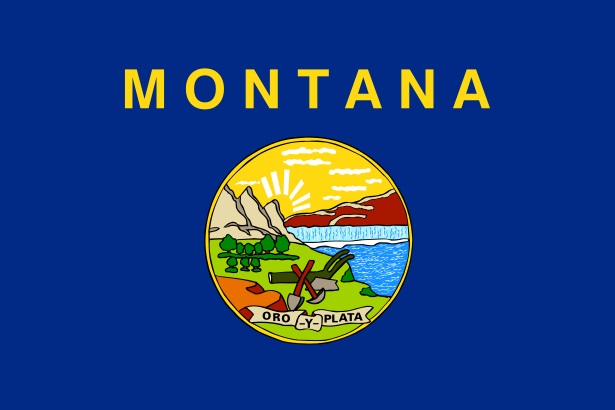 Michael P. Malone
Michael P. Malone And when I say help, I really mean you should buy it. It’s just $2.17 on Amazon, and I’m sure you can also head to the local library and get a copy…like I did last week.
Trust me, you’ll get some awesome numbers, some great things to think about, and a wonderful profile of Montana in the early 1990s…which is really the last we have in book form.
- In 1993, Montana had 21,800 state employees, 10,800 of whom were in the university system.
- Also in 1993, local governments employed 39,200 people, of whom 25,300 were teachers.
- In 1993, Montana led the nation in the per capita income increase, with 6.7%, or twice the national average.
- In 1994, Montana led the nation in per capita income stagnation, with a mere 1.7% growth rate.
- Still, we had 4% unemployment in 1994, which “as high income jobs are replaced by low income jobs and self-employment,” Malone notes, “the result is a less affluent and less secure work force.” (p 104)
Speaking of high-tech companies, it’s not the state that’s recruiting them, it’s that they’re coming here themselves. “The tendency has been for such companies," Malone says, "when they reach a certain level of development, to be purchased by out of state firms and then moved away.” (p. 105)
In 1989, 23% of Montana jobs were unionized, but following national trends, by 1995 that number had fallen to 15%. Malone puts the consequences of this well:
Montana lacks any fair measure of manufacturing value-added industries to finish its natural products, or much competitive edge in attempting to attract high-tech companies and higher-end sophisticated, service providers. More importantly, it’s lack of competitive transportation, and subsequent lack of a major urban hub-magnet make it unlikely these shackles will be removed. (p. 107)
- 2,047 African Americans (400 in Great Falls);
- 12,167 Hispanics (Primarily around beet areas of Billings);
- 4,256 Asians (Primarily Hmong around Missoula);
- 50,000 Native Americans, or 6% of the population.
In 1906, 74% of the state was Roman Catholic (I just thought this was interesting).
In the early 1990s, Montana had 17 colleges and universities. In comparison:
- Washington had 62;
- Colorado had 59;
- North Dakota had 20;
- South Dakota had 19.
Still, 17 universities doesn’t mean you’ll get a job. “Those who can will leave,” Malone writes of our dismal employment situation in the early 1990s in Montana. “Many of those who remain will be impoverished; and outsiders will buy up Montana’s resources and control its destiny. Critics of development seldom face these difficult truths.” (p. 107-8)
A lot of that underfunding problem comes from the legislature, and a lot of the blame for it can be laid squarely at the feet of the Capitol’s chief cold-weather-infestation, the lobbyist.
In 1993 there were 449 lobbies at the legislature, with 824 lobbyists working for them. Together they pushed a pro-business agenda that limited social services, undercut the well-being of the state, and ensured native Montanans would cease the trend of referring to themselves as this-generation or that-generation, mainly because their kids would be forced to leave the state for jobs. Indeed, someone saying they’re a 6th or 7th generation Montanan will surely decrease in the coming generations, and not because of population drops.
It’s worth quoting Malone at length at this point, to show what this results in, and how it ruins our people’s future while enriching those few at the top:
Clearly, the legislative and political leadership of the state has placed a low priority upon higher education: not only does it receive much lower biennial appropriation than K-12, which ranks at mid-levels compared to peer states, but in fact, it budgets it lower than any other state, at a disgraceful rate of approximately $3,700 per student annually. This fall to last place is the result of general cost- and tax-cutting in recent years, which raids the large education budgets to meet the burgeoning demands of social programs like prisons, Medicaid and Workers Compensation – in other words, mortgaging the future to deal with the crises of the present. (p. 128)
- $154.5 million for highways;
- $338 million for agricultural support;
- $784 million for Medicare/Medicaid;
- $1.7 billion for Social Security.
Those numbers accounted for 24% of the state’s personal income. At the time, we were getting $1.38 back for every $1 we paid to the feds.
In conclusion, I just thought there was some good information there that many legislators might want to think about, or augment with more up-to-date numbers. Good luck in Helena in 7 days!







